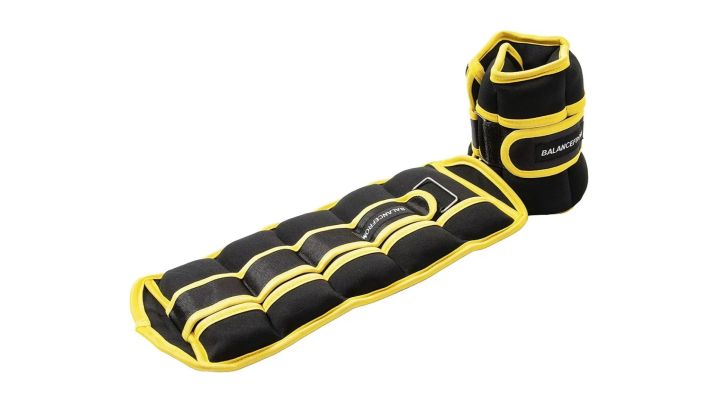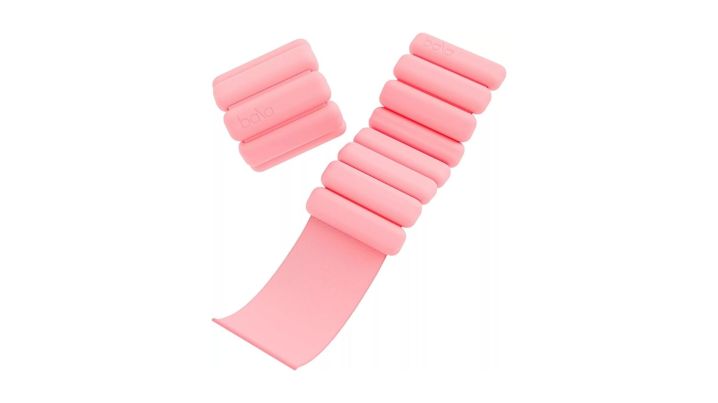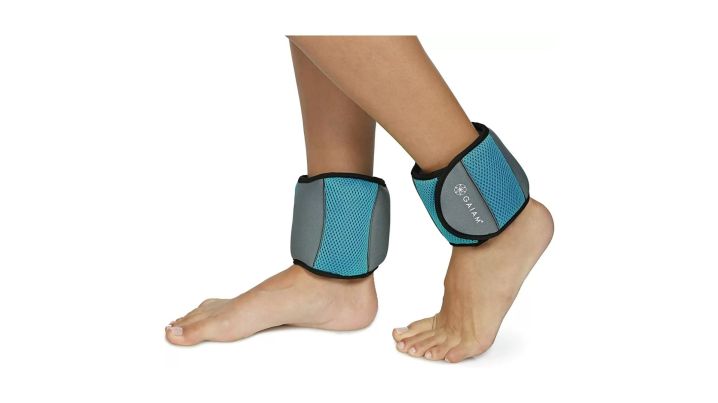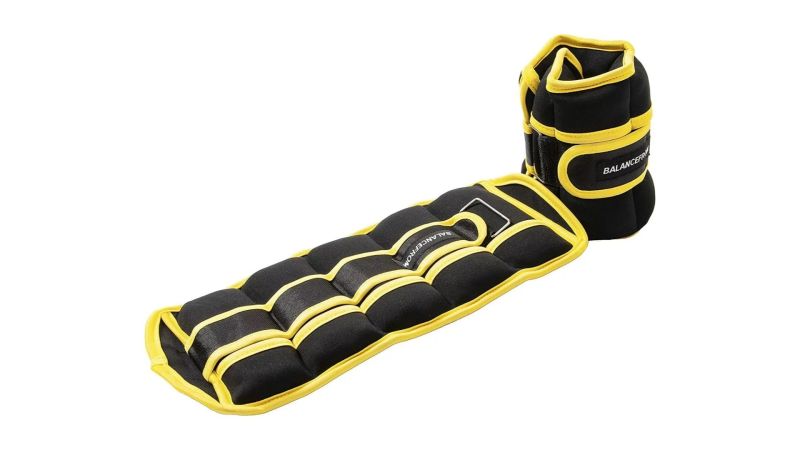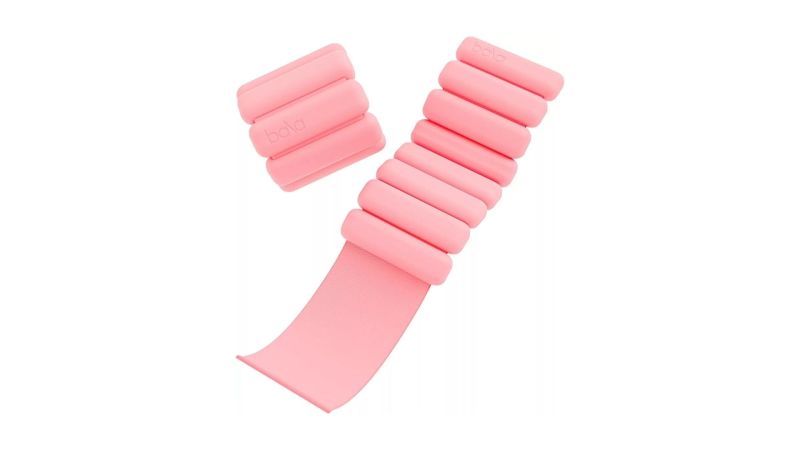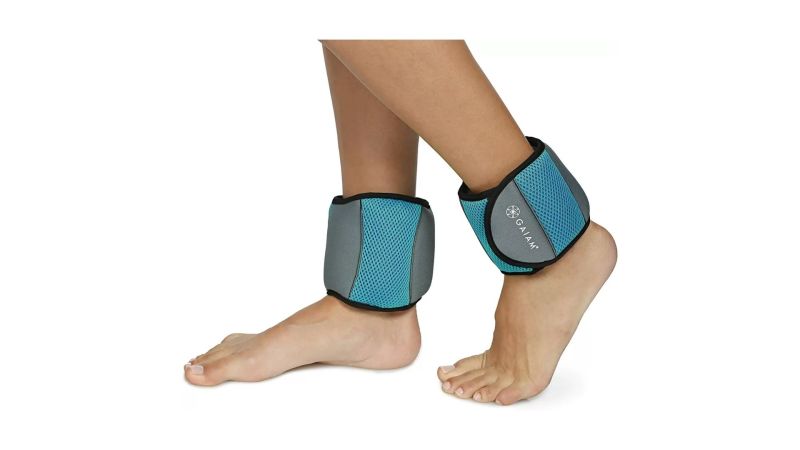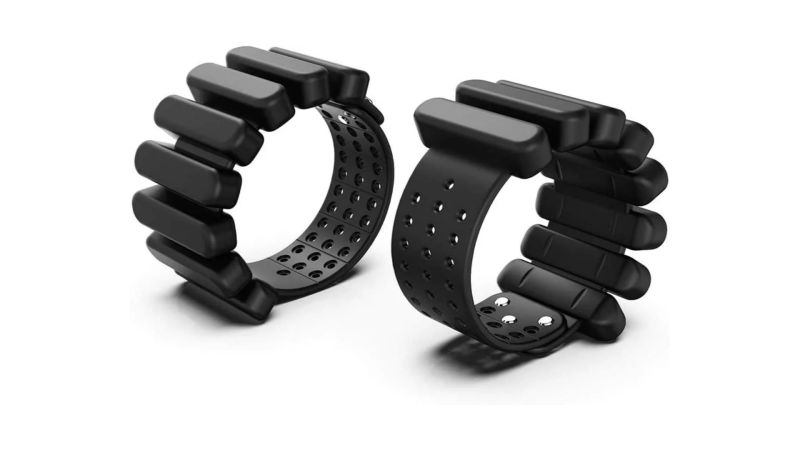We may earn revenue from the products available on this page and participate in affiliate programs.
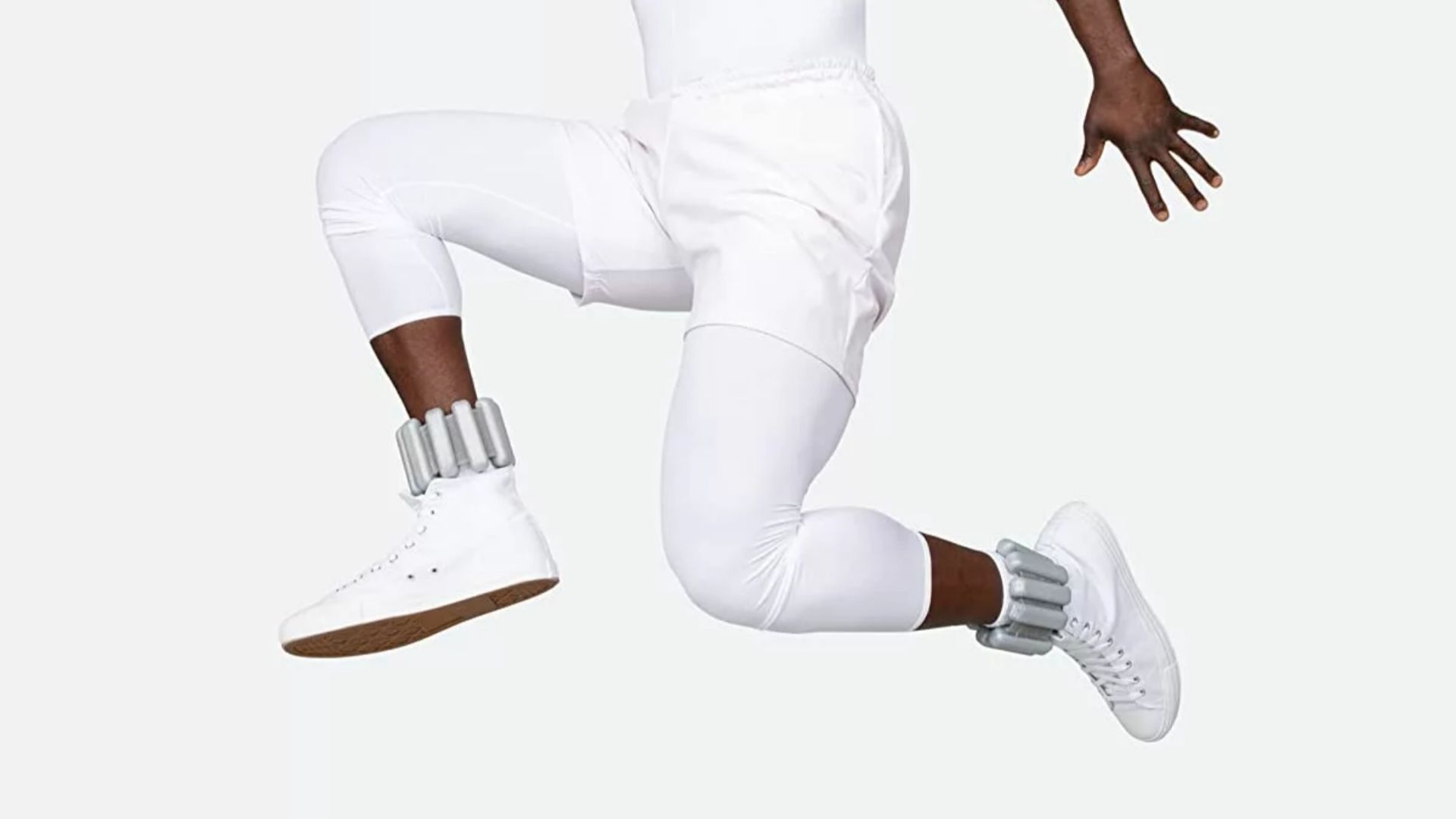
If you have limited space in your house or you don’t want to spend a ton of money on home gym equipment, ankle weights are a great solution. Leg weights help you get the most out of bodyweight exercises like leg lifts, chin-ups, a variety of core exercises, and even low-intensity workouts like yoga. There’s also not much to them: they’re just weighted straps for your ankles. However, there are literally hundreds of options to choose from, which make it very difficult to figure out which ones are best for your needs.
In this buying guide, we look at a variety of categories like the best overall, best adjustable, and best for women, as well as some other factors to consider before dishing out 10s of dollars on a pair of wearable weights.
- Best Overall: BalanceFrom GoFit
- Best for Women: Bala Bangles
- Best for Low Intensity: Gaiam Ankle Weights
- Honorable Mention: Tosamc Durable Ankle Weights
Best Overall
BalanceFrom GoFit
Best for Women
Bala Bangles
Best for Low Intensity
Gaiam Ankle Weights
Honorable Mention
Tosamc Durable Ankle Weights
Things to consider before buying ankle weights
Material
While most ankle weights are made out of neoprene with Velcro straps that loop through a D-ring, they’re available in a variety of materials like silicon, vinyl, leather, rubber, and more. The weighted portion also comes in different materials, but most common are iron sand or metal bars. Cheaper ankle weights typically use fabric and iron sand — and don’t always distribute weight evenly — while more expensive ones use soft rubber and metal bars.
Adjustable and fixed weight
Ankle weights are like most strength training tools, in that you can find adjustable and fixed-weight options. With adjustable ankle weights, you can typically add or remove one pound at a time. They generally weigh five to 10 pounds. The obvious benefit of adjustable ankle weights is that you adjust the weight for different exercises, but you can also wash the band without ruining your washing machine with the extra weight. However, if that’s the case, you may want to consider rubberized ankle weights.
Retention
The retention device on an ankle weight depends on the materials used to construct the weight. Fabric ankle weights typically use a Velcro strap and a D-ring, whereas rubberized materials like silicon ankle weights will fit like a watch strap.
FAQs about ankle weights
Q: Can ankle weights be used when running or walking?
A: No. Medical professionals advise against wearing ankle weights while running or walking. They say it can strain your ankle joints or cause muscle imbalance. Overall, you increase the risk of injuring your hips, back, and knees if you wear them for those activities. If you do want extra resistance during cardio, they recommend wearing a weighted vest instead.
Q: How heavy should my ankle weights be?
A: Most experts recommend using ankle weights that weigh one to three percent of your body weight. However, ankle weights are often available weighing anywhere from one to 10 pounds.
Q: What’s the best way to use ankle weights?
A: Ankle weight exercises are typically limited to lower body and core workouts, but the additional weight will make pull-ups and chin-ups more challenging as well. Additionally, physical therapists like to use ankle weights to improve the walking gait in older adults or rehabbing patients who suffered a stroke.
Final thoughts
Ankle weights are a great way to supplement bodyweight workouts, especially during leg and core exercises. If you’re looking for adjustable ankle weights, the BalanceFrom GoFit can’t be beat. They’ll give you a snug fit and no wobble. For women, the Bala Bangles were made to fit around slim forms. They’re like weighted bracelets for your ankles. And, if you’re planning to wear them during low-intensity workouts like yoga, the Gaiam Ankle Weights will hold tight for prolonged exercise.
Methodology
We scoured the internet for the top brands of wraparound ankle weights, excluding vests, hand, and arm-specific types, and other off-the-wall products. From there, we excluded any products that had less than 1,000 verified reviews (you’d be surprised how many were still left after that criteria). Once we had the list narrowed to a manageable level, we categorized the rest by material, weight adjustability, type of retention, and price. You can check out the link below to learn more about the Task & Purpose methodology we use for our review process.
